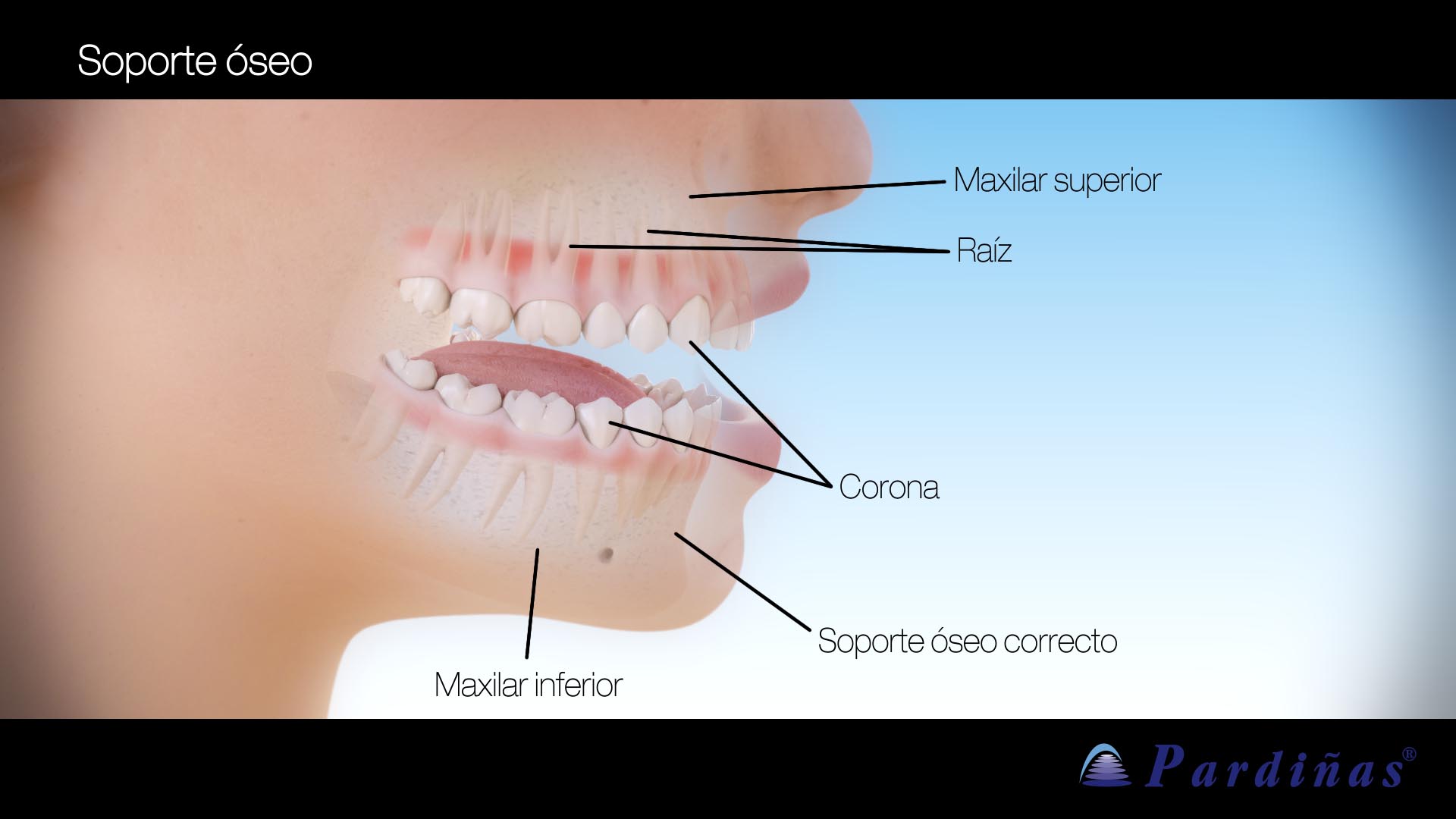Bone support for the placement of dental implants
The importance of bone support for rehabilitation with dental implants
In today’s modern world, people are increasingly focusing on taking care of their health. Dental healthcare is something that significantly affects our quality of life, and today we are very demanding in the way we take care of our mouths. More and more people look to fixed dental implants when they lose their teeth, a solution that is both functional and visually attractive. There is little demand for old-fashioned removable prostheses, as they are uncomfortable and often unattractive.
When carrying out dental work with implants, we often run into problems due to the lack of suitable bone. The jawbones are the 'foundations' we use to construct the tooth.
When studying the case we have to analyse different parameters, such as the way the patient bites, the state of their gums (whether or not they have periodontal disease), whether there is any recession, etc. Once we have studied all of these variables using the corresponding tests (X-rays, etc.) it is necessary to take the appropriate therapeutic approach.

An apparently simple case can become complicated simply because a small amount of bone is missing beneath the gum. For example, if a patient has had an upper central tooth knocked out, if the external bone support is fractured (which happens quite frequently) and they show this zone when they smile, we cannot install an implant directly. As a result, in this case before fitting the implant or in the same operation, we will have to regenerate the bone in this area and move the soft tissues in order to cover the existing defects.
At the rear of the upper jaw, we also frequently find that the paranasal sinuses (cavities on both sides of the nose) have descended until they nearly touch the edge of the jaw, meaning we do not have enough bone space to fit the implants. In this case we have to carry out a routine procedure called a sinus lift.
The main loss of bone around teeth in adults is chronic periodontal disease (pyorrhea). Occasionally, the bone has become so atrophied that it can be difficult to fit implants without performing block bone graftings beforehand.